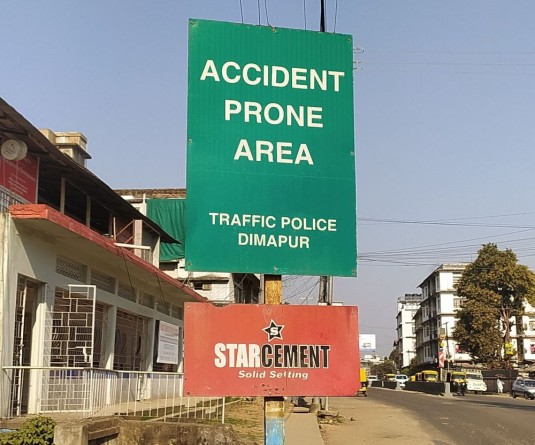
Gen(Retd) Thinoselie M. Keyho
President, NNC
The Government of India was aware of the Rights of the Nagas, however, since the Naga Nation was small, weak and her population less, India wanted to dominate and subjugate the Nagas. The Indian forces invaded the Naga territory and perpetrated barbaric and inhuman atrocities on the Nagas added with the wilful destruction of property. This led the Naga National Council (NNC) to establish the Federal Government of Nagaland (FGN) on 22nd March 1956 to defend and protect her rights, her territory, property and her people. When the undeclared war was going on between the two Nations for about 10 years, a Ceasefire was brought about to be effective from 6th September, 1964 through the mediation and intervention of the NBCC and personalities like J.P. Narayan, Michael Scott, B.P. Chaliha, etc.
The Nation is eternally grateful to them and also indebted to the sacrifices of the Naga patriots for giving us a history we can be proud of and their memories will be cherished and treasured for all times to come. After signing the Ceasefire, Peace talk was started between the two Nations. The First was held in Nagaland and rests were held at Delhi at the Prime Minister level but no settlement could be reached. Why did the Peace talks fail? There may have been many reasons but the main reason was because the attitude and approach of the GOI was wrong and also India was not sincere enough. What should have been resolved with the NNC and FGN, GOI chose to sign the agreement known as the 16th Point Agreement with the Naga Peoples’ Convention, a Naga group formed by India. This resulted in the creation of the state of Nagaland within the Indian Union. This was a great blunder committed by India.
The Nagas were not under the Indian Constitution but they forced the Nagas to come under it. The GOI had inaugurated the state of Nagaland and on top of this signed Ceasefire with FGN and was going to have Dialogue. In 1972 GOI unilaterally abrogated the Ceasefire and unleashed war against the Nagas. Then in 1975, GOI signed the Shillong Accord with some so called “Representatives of Underground Organization” which created more confusion. After a gap of more than 30 (Thirty) years in 1997, GOI entered into Ceasefire with NSCN IM, a rebel group which broke out of the NNC and FGN and started the “Peace Process” resulting in the signing of the Framework Agreement on 3rd August 2015.
The contents of this agreement have been kept secret till date and no sensible person will give blind support. Without Sovereignty the Naga people will not accept the agreement because the betrayal of a cause for which thousands of lives have been sacrificed is not possible. It is a fact that the Naga political issue has be resolved soon but this does not mean that any group of people can barter for any agreement. How many times and with how many different groups will the GOI enter into Ceasefire? Nagas are clear about our rights and can no longer be fooled. The Indo-Naga problem is more than 70 years old and the solution and settlement should pose as a challenge to the wisdom, maturity and statesmanship of the Indian leaders. Before some unseen circumstance arises, without making any more mistakes the GOI should seriously ponder, boldly decide and arrive at a solution with the legitimate group at an early date.



